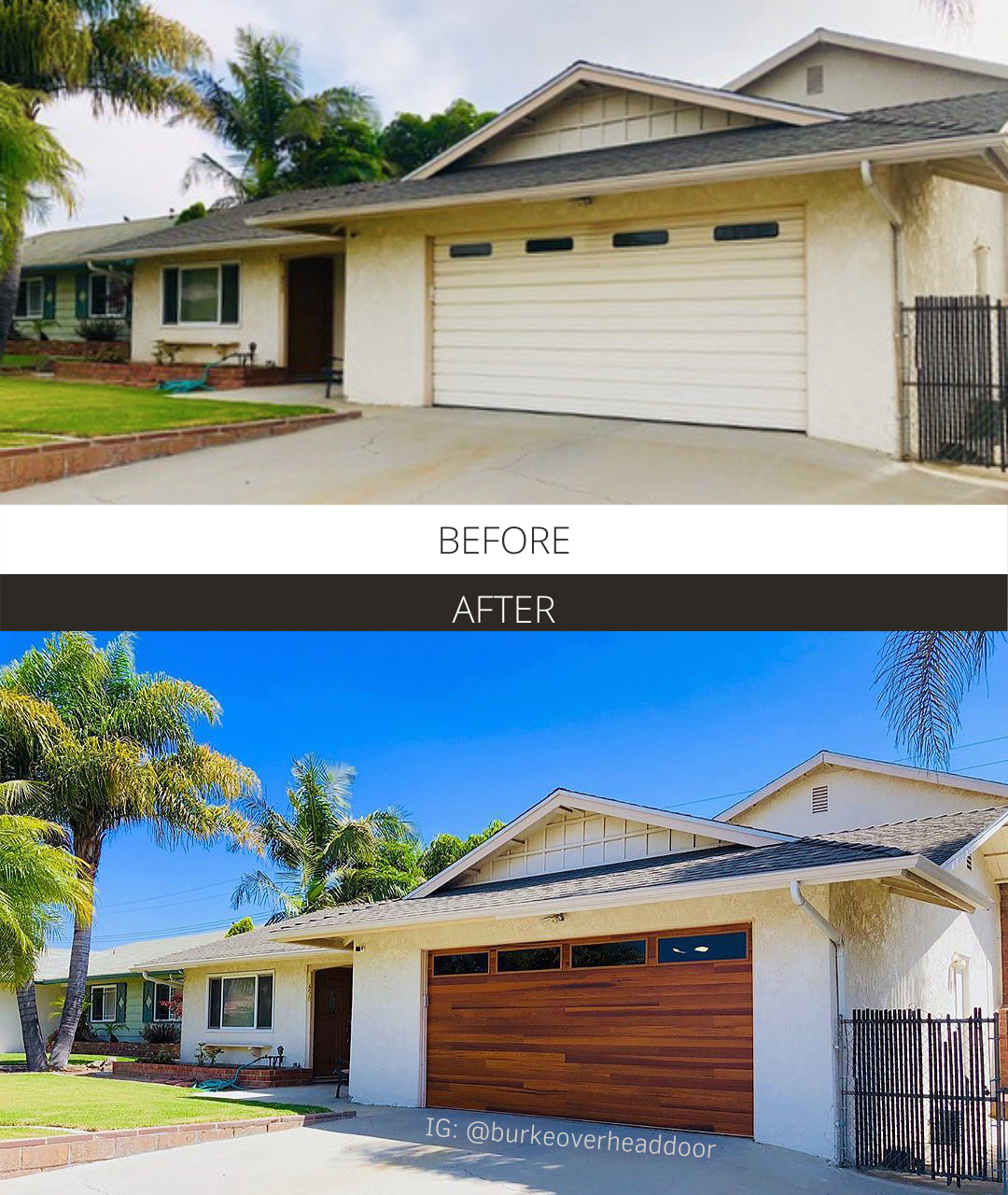Understanding Wood Garage Door Costs
Wood garage doors sit at the premium end of the market, with single-car installations costing $1,500–$6,500 and double-car setups reaching $2,000–$10,000+ 12. Aluminum and steel doors offer lower price points ($250–$4,000), but lack wood’s handcrafted appeal 56.

What Impacts Pricing?
- Material: Domestic cedar starts at $1,500, while exotic mahogany can triple costs.
- Design: Carved panels or stained glass add $500–$2,000.
- Insulation: Foam-core models (R-6 to R-9) cost 20% more but cut heating bills by 15% in cold climates 78.
Custom Wood Garage Doors: Design Options & Costs
Wood’s flexibility lets homeowners match any architectural style. My neighbor transformed her 1920s Tudor with a mahogany carriage-style door featuring wrought-iron straps. It’s a $8,000 project that boosted her home’s resale value by nearly 4% 96.

Popular Custom Features
Wood Types: Rot-resistant cedar for rainy regions; dense white oak for modern homes.
Finishes: Weathered gray stains or glossy urethane coatings.
Hardware: Decorative handles, crossbuck designs, or tempered glass inlays.

Insulated Wood Garage Doors: Energy Efficiency Explained
While traditional wood provides modest insulation (R-2), modern insulated doors use polystyrene cores to reach R-9, blocking 70% more heat transfer 78. In Minnesota, a client reduced his garage heating costs by $200/year after upgrading to insulated cedar doors.

Wood vs. Steel Insulation
Steel doors with polyurethane foam lead in R-values (up to 18), but lack wood’s natural heat resistance. For attached garages, insulated wood balances efficiency and aesthetics better than cold-conducting steel .
Wood vs. Steel Garage Doors: Key Differences
| Factor | Wood Doors | Steel Doors |
|---|---|---|
| Cost | $1,500–$10,000+ | $740–$4,000 |
| Durability | Resists dents; warps in humidity | Dent-prone; rusts if coatings fail |
| Maintenance | Annual sealing; biyearly inspections | Occasional washing; no refinishing |
| Lifespan | 15–30 years with care | 20–30 years (shorter in coastal zones) |
Maintaining Wood Garage Doors: A Seasonal Guide
Neglect destroys wood faster than termites. Follow this regimen to avoid $1,000+ panel replacements :
Spring Cleaning: Mix 1 cup dish soap with 5 gallons water to scrub off pollen and grime 13.
Summer Inspection: Probe door edges with a screwdriver as soft spots signal rot that needs epoxy filler.
Fall Sealing: Apply UV-blocking stain before winter rains. Miss this step, and moisture swelling can misalign tracks by 3/8” 1415.
Winter Lubrication: Graphite spray on rollers prevents cold-weather squeaks.

Homes with consistent maintenance see 50% fewer premature door replacements 14.
Climate Considerations for Wood Doors
Wood thrives in dry, temperate areas but adapts to extremes with smart choices:
- Coastal Regions: Aluminum-clad wood doors (a weatherproof outer layer) resist salt corrosion 1718.
- High Humidity: Teak or cedar paired with vapor barriers prevents warping.
- Freezing Zones: Insulated cores minimize frost damage but require dehumidifiers to control condensation.
Eco-Friendly Wood Garage Doors: Sustainable Choices
Opt for FSC-certified wood from responsibly managed forests, which replant two trees for every one harvested 19. Reclaimed barnwood doors salvage material while adding rustic character. Though steel doors contain 70–90% recycled content, they can’t match wood’s biodegradability or carbon-sequestering roots 1921.
Are Wood Garage Doors Worth the Investment?
Wood garage doors reward those willing to invest time and money. They’re ideal for historic homes, luxury properties, or anyone prioritizing curb appeal over low maintenance. For harsh climates or tight budgets, steel or composite alternatives make practical sense.
By pairing smart material choices with disciplined care, a wood garage door becomes a feature that ages with character while sheltering generations of tools, toys, and treasures.
